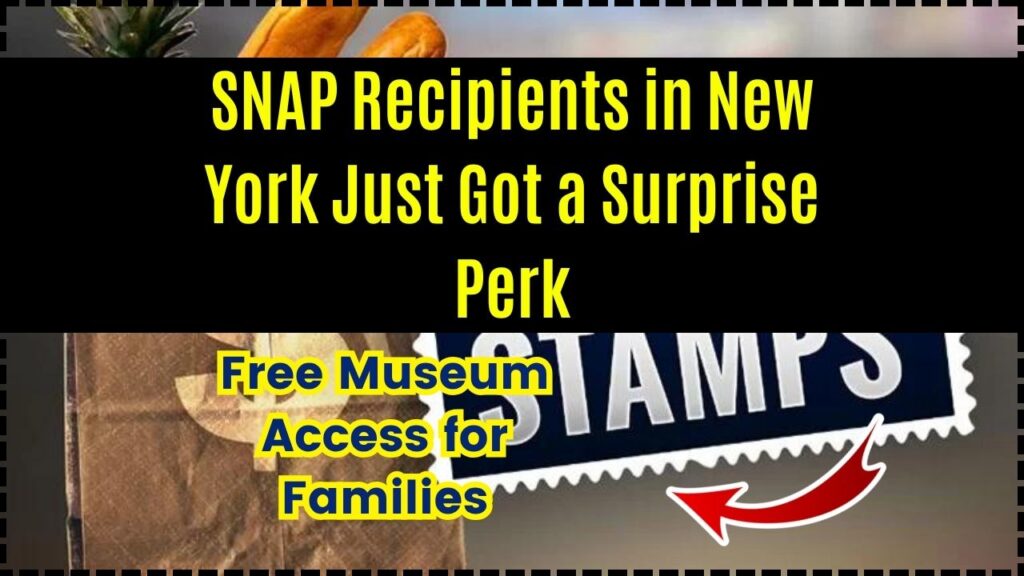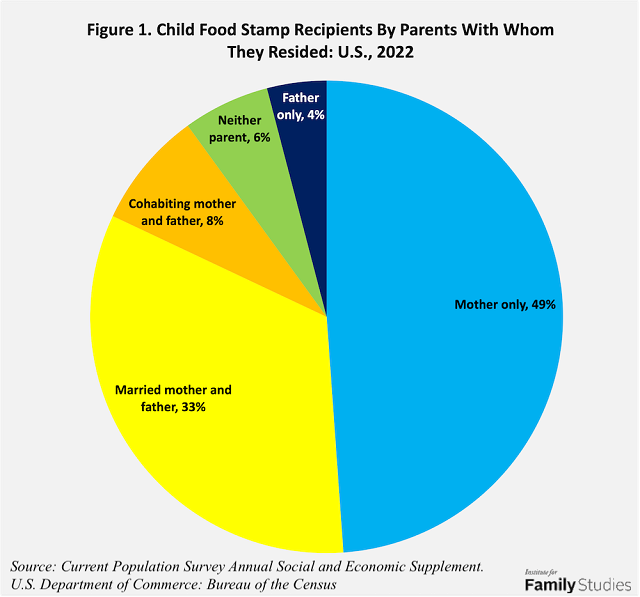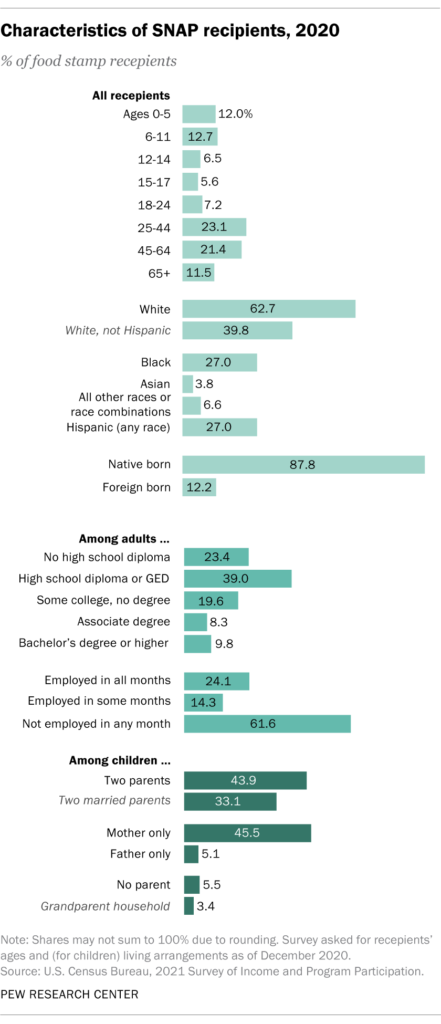SNAP Recipients in New York Just Got a Surprise Perk: If you’re a SNAP recipient living in New York State, get ready for some fantastic news: you can now receive a FREE annual membership to the American Museum of Natural History (AMNH) in Manhattan — not just for yourself, but for your entire family too. Thanks to a forward-thinking initiative, families enrolled in the Supplemental Nutrition Assistance Program (SNAP) are being welcomed into one of the most iconic museums in the world. This isn’t a one-day ticket or an off-peak hour promotion — it’s a full-year membership, with premium perks, at zero cost. This initiative represents a big step forward in expanding access to science, culture, and education.
SNAP Recipients in New York Just Got a Surprise Perk
The new Discoverer membership at the American Museum of Natural History is a bold, inclusive step that opens the doors of learning, discovery, and exploration to thousands of New York families who might otherwise be left out. For families on SNAP, this is more than just a perk—it’s an opportunity to create memories, spark curiosity, and build a lifelong love of learning. If you or someone you know is eligible, don’t wait. Visit the Member Desk at AMNH and sign up for your free year of discovery. Because every child deserves to look up at the stars, stand beside dinosaurs, and dream big—no matter their ZIP code or income.

| Feature | Details |
|---|---|
| Free AMNH Membership | SNAP recipients in New York get a full “Discoverer” membership |
| Who It Covers | EBT cardholder plus up to 4 guests per visit |
| Included Access | General admission, one ticketed exhibition per visit |
| Duration | Valid for 1 full year, renewable annually |
| Where to Sign Up | Visit the AMNH Member Desk in person with your New York EBT card |
| Official Info | AMNH + NYC HRA Press Release |
Why This Matters: Museums and Social Inclusion
Let’s be honest: for many low-income families, visiting a place like AMNH can be cost-prohibitive. A single-day visit for a family of four can run well over $100 when factoring in admission, exhibitions, snacks, and transportation.
This new benefit, called the Discoverer Membership, opens doors—literally. It removes economic barriers that have historically excluded many from cultural participation. Museums play a vital role in childhood development and community engagement. They offer exposure to science, art, and world history, often sparking lifelong interests or even future careers.
By making museums more accessible to families in financial need, this program levels the playing field and sends a powerful message: culture and knowledge are for everyone.

Step-by-Step Guide: How to Claim Your Free Membership
Getting access to this benefit is straightforward and doesn’t require complicated paperwork.
Step 1: Bring Your EBT Card
You must bring your New York State SNAP EBT card to the American Museum of Natural History. This offer is only available to in-state SNAP recipients.
Step 2: Go to the Member Desk
Do not wait in the general admissions line. Instead, go directly to the Member Desk, located inside the museum, where staff are trained to help you.
Step 3: Sign Up
Once there, staff will verify your EBT card and instantly sign you up for the Discoverer membership. It takes only a few minutes, and you’ll be issued a digital membership card on the spot.
Step 4: Start Using Your Membership
Use your membership to book visits online, enter through the Member Entrance, and bring up to four guests per visit.
Step 5: Renew Next Year
The membership is valid for one full year. You’ll be able to renew it annually as long as you still receive SNAP benefits. Renewal must be done in person with proof of eligibility.
What’s Included in the SNAP Recipients in New York Just Got a Surprise Perk?
The Discoverer Membership offers many of the same perks as paid levels, making it a significant benefit:
- Unlimited general admission for the EBT cardholder
- Admission for up to four guests on each visit
- Free entry to one special or ticketed exhibit per visit, including:
- Hayden Planetarium shows
- Invisible Worlds
- Butterfly Vivarium
- Use of the Member Entrance (skip long lines)
- Discounts at gift shops and on-site cafes
- Early booking access for popular events
- A digital membership card for easy planning
What’s not included: parking benefits, member-exclusive parties, or donor-level events. But compared to standard museum entry fees, this free membership provides immense value.
Understanding the Broader Trend: Museums for All
This initiative is part of a broader national push toward museum accessibility. The Discoverer membership aligns with the Museums for All program, a national campaign spearheaded by the Institute of Museum and Library Services (IMLS) and the Association of Children’s Museums.
More than 1,300 museums across the U.S. now offer discounted or free admission to EBT cardholders. Most offer access for $0 to $3 per person. The AMNH goes further by granting an entire annual membership, which allows frequent, planned visits and helps form lasting educational habits in children.

Why It’s a Game-Changer for Families
Here’s what makes this especially impactful:
- Weekly learning: With year-long access, families can return regularly. Instead of a one-time experience, children can engage deeply with exhibitions, improving retention and curiosity.
- STEM learning: AMNH specializes in science, astronomy, biology, and environmental studies. These exhibits help reinforce what kids learn in school—and often go beyond.
- Affordable outings: For many parents, finding cost-effective ways to entertain and educate their children is a challenge. This program solves both.
- Boosts community pride: When families feel welcome in cultural spaces, they’re more likely to value and protect those institutions in the long run.
Cultural Access and Social Justice
This program also fits within a broader push for cultural equity—ensuring that arts and science institutions reflect the diversity of the communities they serve.
Historically, lower-income communities and communities of color have been underrepresented in museum attendance. Cost is a barrier, but so is representation. This initiative helps change that narrative by saying: you belong here.
Studies show that students who participate in arts and culture are:
- More likely to graduate high school
- More engaged in class
- More likely to seek out college and career pathways related to science, arts, and history
According to the National Endowment for the Arts, low-income students who engage in cultural experiences are five times more likely to graduate than their peers who do not.
Voices from the Community
The program has already generated buzz from families and professionals:
“This is big. We just went to AMNH last month, and this will save us hundreds this year.” — Parent from Brooklyn
“Finally, something meaningful for low-income New Yorkers. I’ve lived here 15 years and never felt like museums were for us. This changes things.” — Community organizer in Queens
“We’ve added AMNH to our weekly routine. It’s a safe space for learning and bonding with my kids.” — Single father in the Bronx
Museum educators are also praising the initiative for expanding outreach opportunities and increasing engagement across all boroughs.
For Educators, Social Workers, and Community Centers
If you work in education, youth services, or social work, this is a resource worth promoting:
- Share it in school newsletters
- Post it in local libraries and clinics
- Include it in resource kits for new SNAP recipients
- Highlight it during parent-teacher conferences
By spreading the word, you help connect underserved families to resources that make a lasting difference.
Georgia SNAP Benefits Slashed Under Trump’s Big Beautiful Bill Explained
Thousands in South Carolina Could Lose SNAP Benefits Under GOP Medicaid Cuts
What Could Come Next?
This initiative may set a precedent. Advocates hope to see similar full-year memberships launched at other major institutions like:
- The Metropolitan Museum of Art
- The Museum of Modern Art (MoMA)
- The Brooklyn Museum
- The New York Hall of Science
As more cultural institutions embrace equity-driven programs, we may also see expanded eligibility (e.g., Medicaid recipients, TANF participants, public housing residents) and cross-institutional passes.
It’s a model that other states and cities should consider adopting—both to serve their residents and to ensure that public funding for the arts is meeting the needs of all communities.







